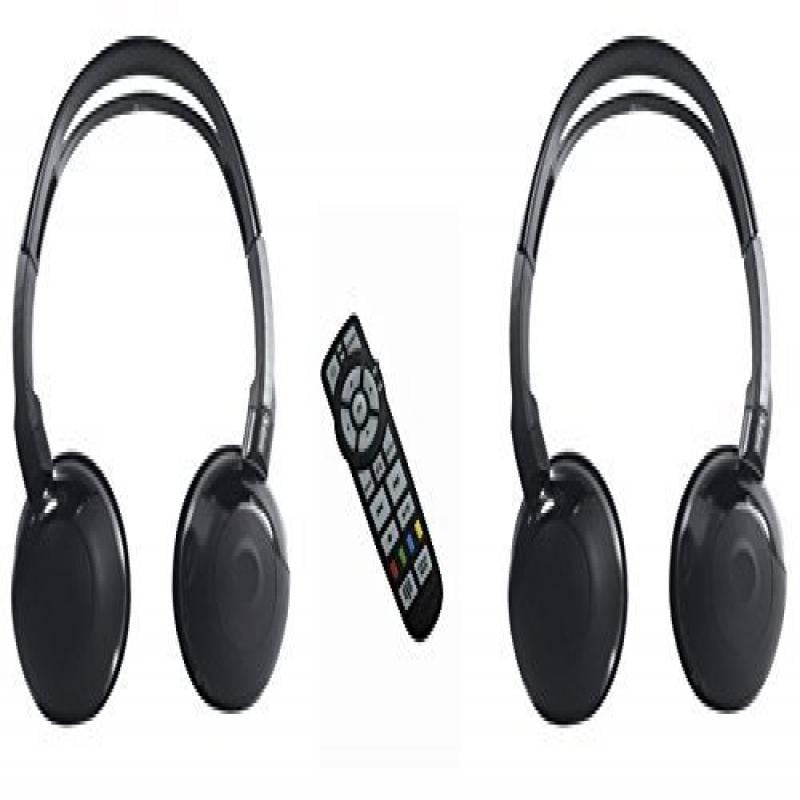

Broadly, machine vision encompasses all industrial and non-industrial applications in which a combined effort of hardware and software provides operational guidance based on the capture and processing of images. One of the benefits of fusing data from a number of sources is 3D machine vision, which can be achieved in real-time. This architecture enables users to approach processes from either a macro or a micro level, as manufacturers can model supply chains and collect information as well as model the components of microprocessors, cameras, and LIDAR systems. Sensor fusion overcomes the limitations of systems of individual sensors-cameras, light sensors, LIDAR, etc.-by fusing data from multiple sources and sensor types to produce reliable information. Visualizing manufacturing processes is crucial to form insights and prevent potential vulnerabilities. With sensor capabilities expanding in manufacturing and rapidly increasing data generation, sensor fusion becomes possible and vital. To date, 3D sensing and scanning have been among the lesser-talked-about technologies used in designing, inspection, and quality control, but integrating the tech can come with a number of benefits across applications, including reverse engineering and analysis. Consequently, such sensing is positioned to play a huge role in smart technologies, robotics, factory automation, automatic optical inspection, and more. Companies like ams OSRAM, an industry leader in 3D sensing tech, assert that 3D sensing is vital for Industry 5.0, in which machines and humans directly interact to create sustainable and resilient supply chains. In industrial and automotive settings, 3D cameras can be vital in performing delicate and complex work in manufacturing, logistics, medicine, and public security. Yet, there are perhaps more interesting potential applications for 3D sensing outside consumer virtual realities. Potential future applications for 3D sensing in the mobile sector do include AR and the “metaverse,” which requires developments in the technology for its virtualized worlds and human interactions with them. However, 3D sensing in mobile cameras still has limited applications, with only a few augmented reality (AR) games available and infrequent utilization in other applications. When iPhone sales soared in 2021, the total mobile and consumer 3D camera revenue went up to about $3.6 billion or 326 million units, according to a market report by Yole Group. 3D imaging technologies have seen a boost in the consumer marketplace since being integrated into the iPhone’s back camera.


 0 kommentar(er)
0 kommentar(er)
